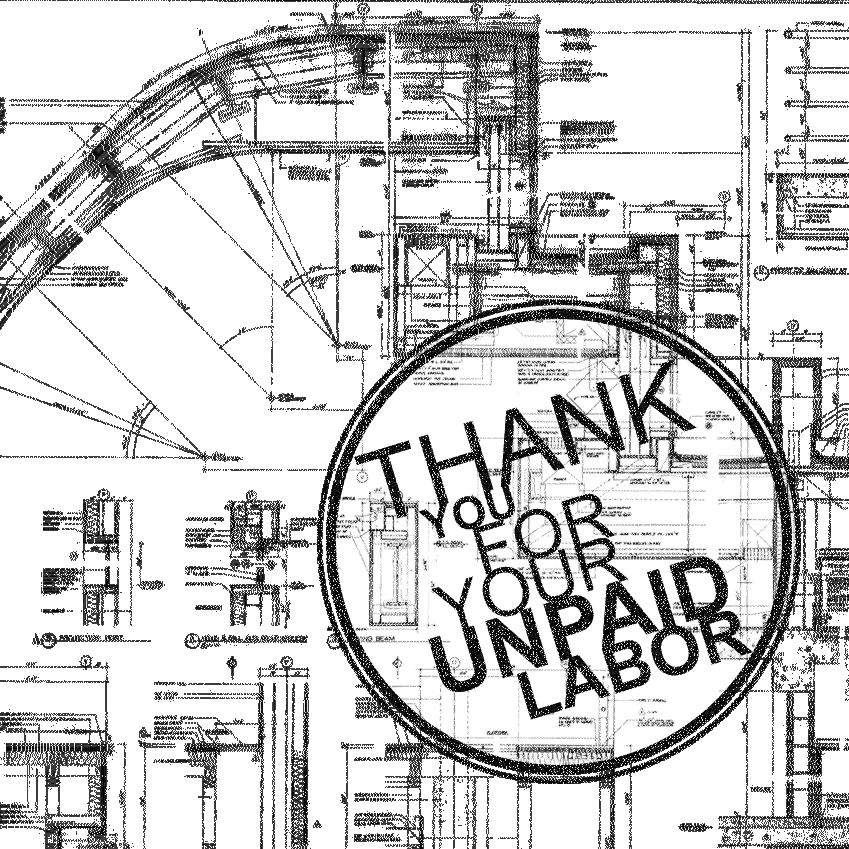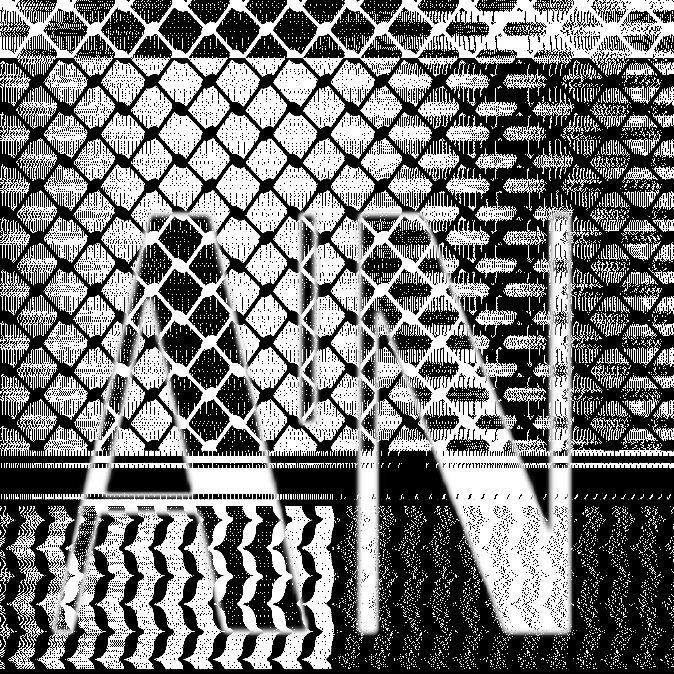The Architecture Lobby supports a Green New Deal, as proposed in House Resolution 109. We believe the redistribution of political and economic power outlined by the resolution is mandatory to effectively respond to the climate crisis. Like the crisis itself, the timetable for transformation is immediate and relentless. The Architecture Lobby is committed to the resolution’s call for a just transition. We call on architects, designers, and allied disciplines to join in the work of creating a more sustainable and equitable future for all.
Reform Practice
In order to tackle decarbonization efforts more effectively, the way we work and the way the profession is structured must change. It is our responsibility to steer architectural practice toward projects and programs that promote democracy and equity in society. Architects must reject the current model of practice as a service profession responding primarily to private capital. We cannot create visions for a more just, equitable, and sustainable world if the cultures of our own studios and academies do not follow those principles.
Architects must:
- Recognize our individual and collective agency and identify as workers whose labor inherently holds value. Design is only one form of agency. Activism and refusal are architectural acts as well. Refuse work for any client whose goals and methods—contracts, financing strategies, and labor practices— do not support a transformative redistribution of power.
- Organize as workers, alongside allies from other industries, wielding our power as a collective in order to achieve the transformations required to confront the climate crisis.
- Participate in civic processes and policy development, bridging between communities and policy makers. Advance the creation of government programs that employ architects, planners, and landscape architects to develop feasible strategies for the overhaul of the built environment.
- Work towards eliminating financial and cultural barriers to entering the profession. Architecture schools must broaden access to education and mitigate student debt to increase the number and diversity of graduates prepared to confront the climate crisis.
- Demand a uniform contract and fee schedule from all government agencies for design work. A unified consensus contract will allow a greater range of firms access to projects and increase transparency and accountability.
- Adopt a code of ethics to support the social, economic, and environmental aspirations of the Green New Deal. Be critical of market-driven development, and advocate for public infrastructure and just land-use practices. Architectural work for the Green New Deal must not become another conduit for accumulating wealth at the top.
Redefine Resilience:
Adaptation in the wake of the climate crisis calls for new ways of relating to one another and to the built environment. The need for a new social infrastructure should guide changes in physical infrastructure. Architects must advocate for policies that reimagine resiliency at all scales, rather than incrementally repairing and replacing existing systems.
Architects must:
- Embrace decarbonization as a social justice issue that calls for a reconstruction of our way of life. We must redefine sustainability to acknowledge the economic, social, racial, and class-based dimensions of the climate crisis.
- Develop models for large-scale adaptive reuse and retrofitting programs for existing buildings. All models must ensure that a financial burden is not placed on renters and building owners.
- Focus on the development of neighborhood and regional resiliency plans in anticipation of future sea-level rise and climate driven displacement, as well as new ways of reducing emissions through the organization of buildings, transportation and infrastructure.
- Demand regulation and funding of projects so that the growth proposed in House Resolution 109 can serve the majority of the population through fair housing, equal education, and public infrastructure.
- Advocate for carefully designed, well built, carbon neutral affordable housing for all. The increased frequency of natural disasters will greatly exacerbate the current housing crisis, further deepening existing economic, racial and class inequities. Expanding access and availability of housing requires new strategies for financing that do not rely on private development.
- Learn from past mistakes, so that large scale infrastructure and housing projects do not result in displaced communities, particularly frontline communities as defined in House Resolution 109.
Re-assess Technology
Design futures responding to the climate crisis are often framed through technology and building performance. Technical innovation, including the development of new materials, efficient building systems, and clean energy infrastructure, is a necessary component of climate mitigation. However, architects cannot rely exclusively on technological solutions. We must reshape our understanding of technology and innovation as design tools, acknowledging the complex power structures inherent in their development and application.
Architects must:
- Recognize that technology is not neutral. It is important to address underlying biases including class, race, gender, and geography in the development of and access to technology.
- Implement passive and non-tech solutions alongside the high-tech in sustainable design. The carbon footprint of technological fixes should be factored into sustainable design.
- Understand that the rate of technological development outpaces the lifespan of buildings. We must design for the integration of continually changing technologies so we are not compelled to live with obsolete systems.
- Ensure shared knowledge. The climate crisis is a global concern; advanced climate mitigation and adaptation technologies should be open source and accessible to all, including architectural innovations. We cannot allow profits derived from these new technologies to be concentrated at the top.
- Be aware of the extracted resources and labor used to produce a technology; use this knowledge in selecting technologies to prevent climate mitigation strategies in one location from leading to the exploitation of labor or ecological problems in another.
Re-empower Labor
The transition from conventional forms of designing, constructing, and financing the built environment will change society in profound ways. We must consider the inevitable loss of jobs, creation of new jobs, and the need to establish equitable, stable working conditions while enabling the decarbonization of the economy and adaptation to a changed climate.
Architects must:
- Be deliberate about automation in the profession and AEC industry. Ensure that job loss resulting from automation is balanced by equal access to training and education for displaced workers so that solving one crisis does not cause another.
- Advocate for Green New Deal building programs to contribute towards the reskilling of workers whose livelihoods have been upended. Jobs created through Green New Deal projects should be provided in existing communities to minimize the displacement of workers.
- Stand in solidarity with all workers and support the right to collective bargaining.
- Ensure that Green New Deal projects addressing climate change do not become vehicles for exploiting labor within architecture and allied professions.
There can be no sustainable world without sustainable labor practices.
Below is House Resolution 109, along with our comments and annotations in green. The Architecture Lobby invites you to add your own as well – tell us what the Green New Deal means for architects, designers, and allied professions. Click here (pop-out) to contribute. Comments will be moderated.
References
Design and the Green New Deal / Billy Fleming
A Green New Deal for Housing / Daniel Aldana Cohen
People’s Policy Project / An Innovation Policy for a Green New Deal



